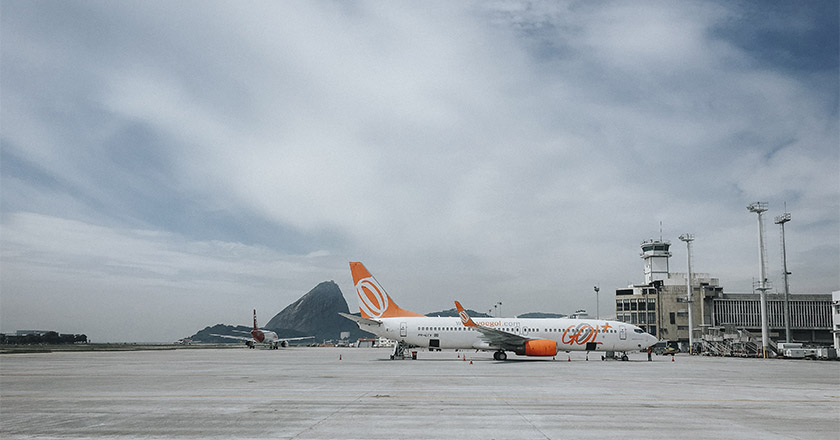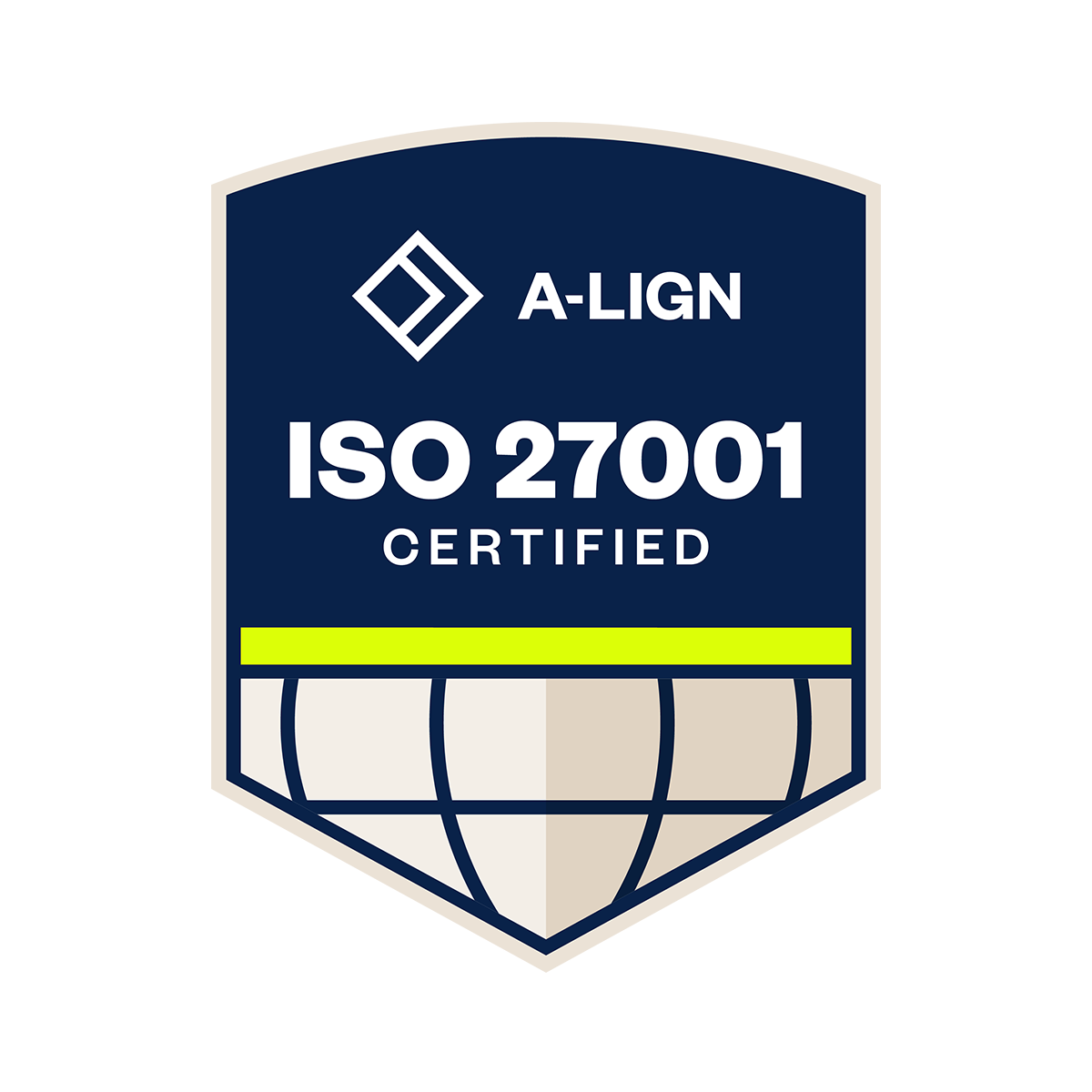If it ain’t broke, don’t fix it—unless fixing it before it breaks will save you time, money, and energy.
Preventive maintenance can offer many long-term benefits to its practitioners. This methodology has a lot of application, with use cases in almost every industry. Anywhere where machines, equipment, tools, or assets need to be in good condition to get the job done, preventive maintenance should be the engine behind it all.
One of those industries is aviation, specifically airports. But preventive maintenance isn’t as common as it should be in this space. A real time and money saving (and easily achievable) solution like preventive maintenance should be in place at hubs of all sizes. How can a hub get there?
What is Preventive Maintenance?
First, let’s define preventive maintenance.
A person or team that uses this practice is more proactive than they are reactive. Rather than waiting for something to fail, the person or team performs regular maintenance on a machine, piece of equipment, tool, or other asset to ensure it continually performs its functions. That regular schedule has a few influences, almost all of which are defined by what’s receiving the maintenance.
Complete failures are costly. Replacing a broken part in a machine after it fails could cost thousands of dollars. The repairs, collateral damage, and downtime are expensive by themselves. But often they come together in a highly priced package deal. Luckily, preventive maintenance usually offers a solution that costs much less and keeps total failure at bay.
Why Airports?
Why should more airports center their operations around preventive maintenance?
There are the overarching, generic benefits we mentioned earlier: savings, efficiency, and less stress. But an airport can expect a specific set of benefits by implementing a preventive maintenance program.
â€
1. A safer airfield
Safety is the number one concern of any pilot. When a pilot uses an airport, they should be assured nothing will hamper their flight. Regular preventive maintenance of an airfield promotes safety and provides pilots with the resources they need to fly safely. Other aspects, like well kept facilities (i.e. fueling stations), create a safe environment for pilots while they’re on the ground as well.
2. More funds through increased life spans of equipment, infrastructure, and the surrounding environment
We already mentioned savings, but there are special areas where airports can reclaim funds through a preventive maintenance program.
Runways deteriorate over time. Nature and usage chip away at the pavement slowing, causing cracks and holes. This is just an inherent flaw of pavement. Airports mitigate the decay, though, to extend the lifespan of the runway. Irregular pavement treatment, however, pushes a runway faster into disrepair and will bump up the cost of a new runway when that time comes.
Scheduled inspections and fixes promoted by a preventive maintenance program help airport operators catch and fix defects in the pavement more quickly, extend the life of the runway, and save airports considerable cash.
The benefits extend beyond the runway, however. A well-operating HVAC system in a hangar will use far less energy, therefore costing less. The same goes for the electrical systems of airfield lights. Preventive maintenance is a big part in keeping these systems in this state.
Airplanes and airports, to perform as they do, use the incredible power of fuel and other materials. These materials are toxic, however, which requires airports to handle them with care. The systems in place to do this can’t fail without harming the environment, making preventive maintenance perfect for keeping these systems safe too.
3. Legal and regulatory requirements
Airports are also subject to many laws, regulations, and contractual obligations, many of which hinge on things being in good working order.
For some airports, local or state laws may require by law that systems, equipment, and tools are kept operational. This is another area in which preventive maintenance can serve an airport well (even for hubs that aren’t under the jurisdiction of local or state government).
A preventive maintenance program imposed by governments is not only about safety, but image as well. Visitors often draw their first impressions from the airports they fly into. Towns and cities want tourists to come away with a good image of their community so they’re encouraged to visit again, something a solid preventive maintenance program indirectly delivers.
Starting a Program
How can an airport looking to institute a preventive maintenance program get started?
Changing your airport’s procedural approach to facility and airfield maintenance will take time; it won’t happen immediately. Once the switch is decided, however, you can instantly start installing the principles of preventive maintenance program. Reworking small, existing maintenance practices first can warm your airport staff up to the larger transitions down the road.
Once your airport starts to more completely embrace the new way of doing things, standards need to be set. An initial assessment of assets, equipment, and infrastructure will provide your airport with starting points. These first inspections will give your airport a list of maintenance to-dos and generate data your team will use to build and optimize the maintenance schedules.
Advancing a PM Program
After the inspections and data gathering, your airport will be presented with a few choices to make. Ideally, your team will write schedules without conflicts. But chances are some days will have work scheduled for multiple systems at your airport. If all of that work isn’t possible in one day, you’ll have to prioritize the more critical systems and find different days for the less important systems.Your team will need to find good opportunities for those lesser systems to receive their due maintenance as well.
At this point, your team should have a solid understanding of what a preventive maintenance program requires material-wise. Before moving forward, your team needs to procure those resources for the airport. Anything that’s missing will be a roadblock to a successful program. Any tools, funding, buy-in, or other necessary pieces have to be acquired here.
If your team has done everything listed above, your airport is just about ready to launch. Now that most of the pieces are in place and there are no gaps, your team can make the full and final maintenance schedule. Once this is done, your airport can officially start the program.
Veoci for Preventive Maintenance
While a team can safely handle the schedules they’ve developed on their own, platforms enable them to do much more. There are a handful of benefits to going digital for preventive maintenance, including more timely work and greater efficiency.
An airport using a digital solution for preventive maintenance would excel. The platform needs to enable the team so they can ensure repairs are done at the right time and keep operations efficient. Certain features need to be in a digital preventive maintenance solution for it to make a difference, which Veoci offers in a PM solution.
In a Veoci solution for PM, work orders launch and assign according to the schedules drawn up by the airport team. Once this happens, Veoci also pushes notifications to the appropriate people so they’re immediately aware of what maintenance is due.
Preventive maintenance programs also have wide scopes, which Veoci condenses into digestible information. At one time, a user can see what work orders are out, what maintenance is scheduled next, what’s been completed, and other information on one screen.
In addition to these, Veoci also houses a space for an airport’s team to collaborate and communicate. Contractors and other outside parties can be roped into this space as well, making a complete circle of communication between all the stakeholders in the airport and its preventive maintenance program.
Continuous Improvement
Preventive maintenance presents long-term benefits to its practitioners that are far too good to pass up. This is especially so for airports, where functionality, efficiency, and precision are so important. When preventive maintenance is paired with a tool like Veoci, an airport operator can be sure their facility exceeds these industry standards and is prepared for the future.








